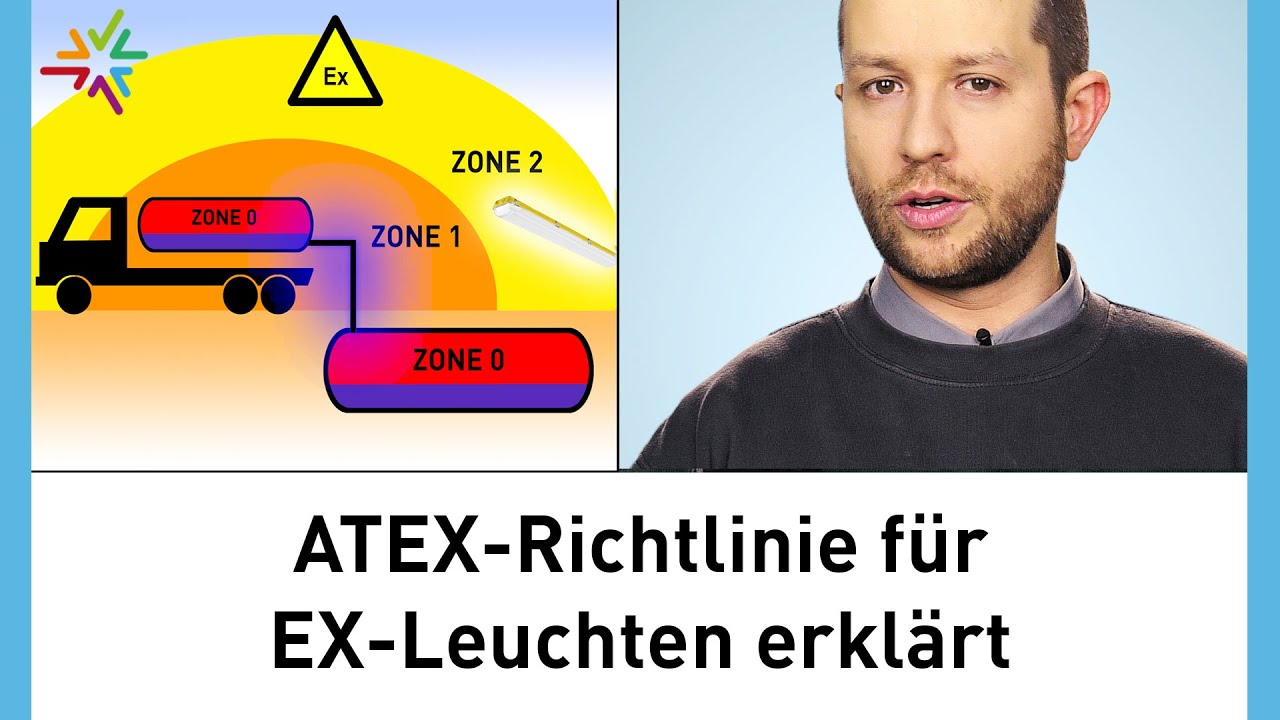The ATEX Directive is an EU directive in the field of explosion protection: ATEX Directive 2014/34/EU, formerly ATEX Directive 94/9/EC. Colloquially speaking, it is therefore an "EU-wide directive".
ATEX is French and the abbreviation for AThmosphère EXplosibles. It is therefore always about explosive atmospheres, or "air".
These can be explosive gases (in gas stations, paint shops, paint storage rooms, etc.) or dusts (in bakeries). Dust explosions should not be underestimated. Accidents are sufficiently well known through the press: Mines, flour production, etc. And the aim of the directive is to protect people working in these areas.
ATEX: Categories and zones
Depending on the frequency and duration of the explosive hazard, the ATEX Directive is divided into three categories:
Category 1: Danger exists continuously, frequently or over long periods of time.
Category 2: Danger exists occasionally
Category 3: Danger exists rarely and only for a short period of time.
However, dust and mist behave differently from explosive gases.
The categories are thus additionally divided into zones:
Category 1: Danger exists constantly, frequently or over longer periods of time.
Gas: Zone 0
Dust: Zone 20
Category 2: Danger exists occasionally
Gas: Zone 1
Dust: Zone 21
Category 3: Danger exists rarely and only for a short time
Gas: Zone 2
Dust: Zone 22
In addition, the ATEX directive defines the temperature classes. The classes indicate the maximum surface temperature that may be present.
T1 = 450°C
T2 = 300°C
T3 = 200°C
T4 = 135°C
T5 = 100°C
T6 = 85°C
So, it is important to find out/define what kind of environment it is before buying/installing an LED ex-lamp. As can be seen from the zones and classes, the requirements for a luminaire in an open gas station (occasional gases) or well-ventilated paint shop are different from those in a storage room with thinners/paints (permanent gases) or even a coal mine.

